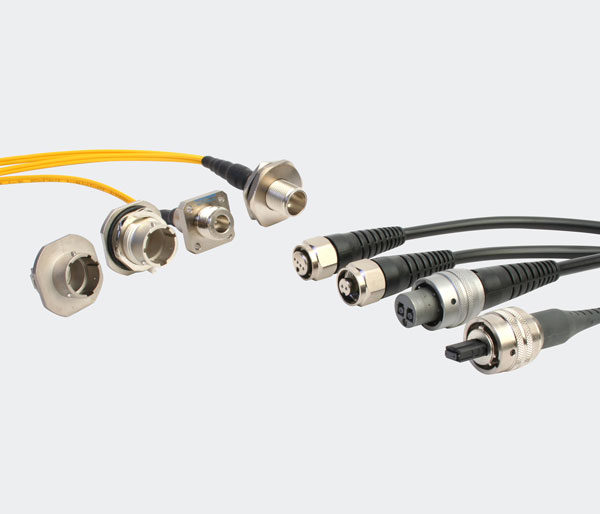According to a report by Yole Développement, a market research organization, LiDAR has experienced substantial price cuts in the past three years. However, this is not the result of mass production, because production has not increased significantly, and LiDAR has not yet been adopted on a large scale. Instead, this is due to the strategies of different companies.
In this complex and fast-developing environment, Yole’s analysts predict that by 2020, the LiDAR market for automotive and industrial applications will reach $1.7 billion. The growth is expected to reach 19%. Yole’s forecast is a revenue of $3.8 billion in 2025.
Yole pointed out that in the next five years, automotive applications are expected to become the main driving force of LiDAR, achieving USD 1.8 billion growth between 2019 and 2025. Based on several cooperative relationships between LiDAR manufacturers and car manufacturers, Yole predicts that by 2025, 3.2% of private cars will adopt LiDAR.
The impact of robotic vehicles on LiDAR will be modest, because the deployment of robotic vehicles is less than previously expected. Lidars in private cars may also be threatened. The COVID-19 crisis is putting financial pressure on automakers. Regulations requiring reductions in carbon emissions are driving investment in electrification.
Finally, Tesla’s ambition to quickly realize self-driving cars without LiDAR may make LiDAR less important in the next few years. Alexis Debray, Yole’s MEMS, Sensors and Photonics Technology and Market Analyst, said: “A few years ago, there was a new trend in the LiDAR business, which may greatly change the shape of the LiDAR market, that is, lower prices. Velodyne announced a plan to pull the average unit price of lidar from $17,900 in 2017 to $600 in 2024.”
The unit price of LiDAR is one-fifth of other companies, and Chinese LiDAR companies, which are usually less than US$1,000, are gaining market share and expanding their business. LiDAR with a lower unit price is expected to enter new industrial applications, including factories, logistics and security. However, due to the lower LiDAR unit price, the industrial sector is expected to grow moderately between 2019 and 2025, from US$390 million to US$567 million.
Yole Développement solid-state lighting technology and market analyst Pierrick Boulay said: “Most robots and smart facilities can use LiDAR technology.”
Since the 2005 DARPA Challenge, vehicles have been the main application of 3D real-time LiDAR. In 2017, Audi equipped some of its cars with long-range LiDAR. At the end of 2018, Waymo launched Waymo One, and its robotaxi service is equipped with its own medium- and long-range LiDAR. Continental Airlines announced the 2020 short-range Flash LiDAR. For ADAS cars, it can also be equipped with manipulators and even industrial platforms. Other LiDAR manufacturers that have partnerships with automakers, such as Innoviz, Velodyne, and Luminar, are all targeting remote applications.
Sylvain Hallereau, integrated circuit, power semiconductor and LED project manager at System Plus Consulting, said: “LiDAR is made of four main components: pulsed laser diode, avalanche photodiode, photodiode mechanical system (used to scan the environment in front of the car) and processor.”
LiDAR has a long history of industrial applications, and its topographic applications can be traced back to the 1970s. Yole explained in its 2020 LiDAR report that this business is established and operated by large companies. Komatsu and Caterpillar provide dump trucks, and the development of mining applications began in 2008. Their position as a solution and service provider helped them operate these fleets.
Recently, LiDAR has seen many new industrial applications, including warehouse AGVs, terminal AGVs, delivery robots and unmanned aircraft, automatic forklifts, inspection robots and unmanned aircraft, intelligent transportation systems, safety, and upcoming autonomous driving Trucks and smart agriculture. Yole announced that from 2020 to 2025, the compound annual growth rate of logistics and other industrial applications will be 31%.




